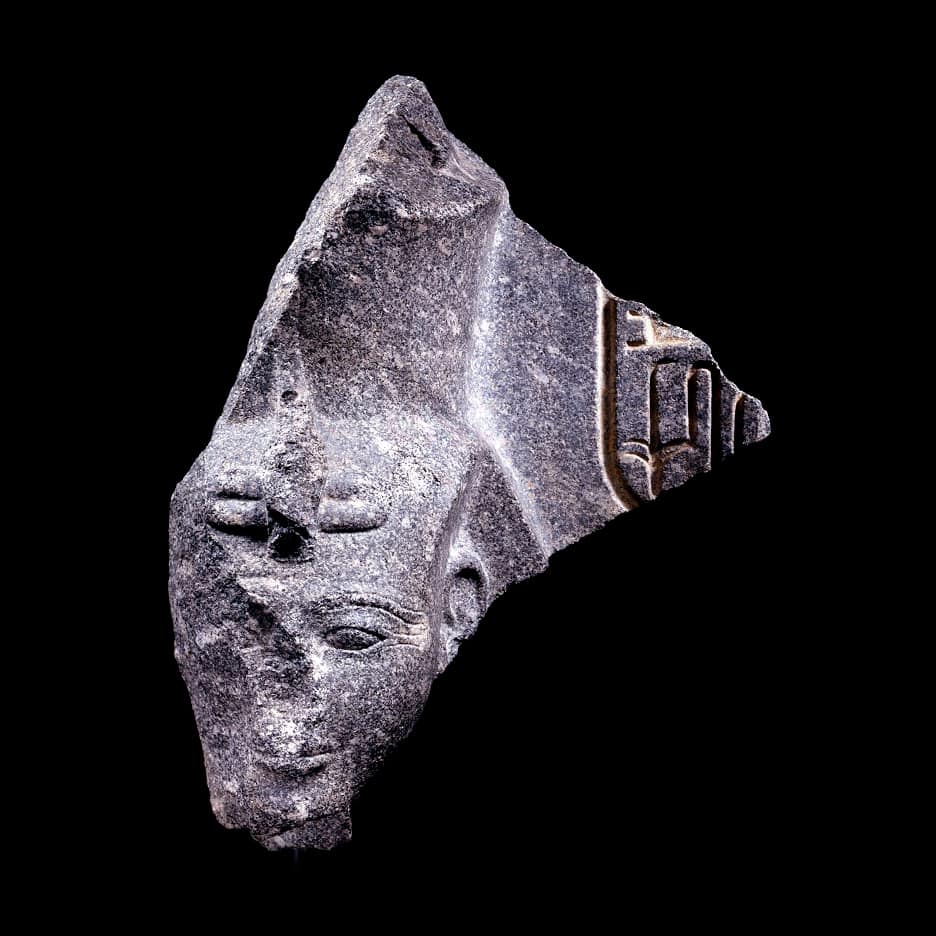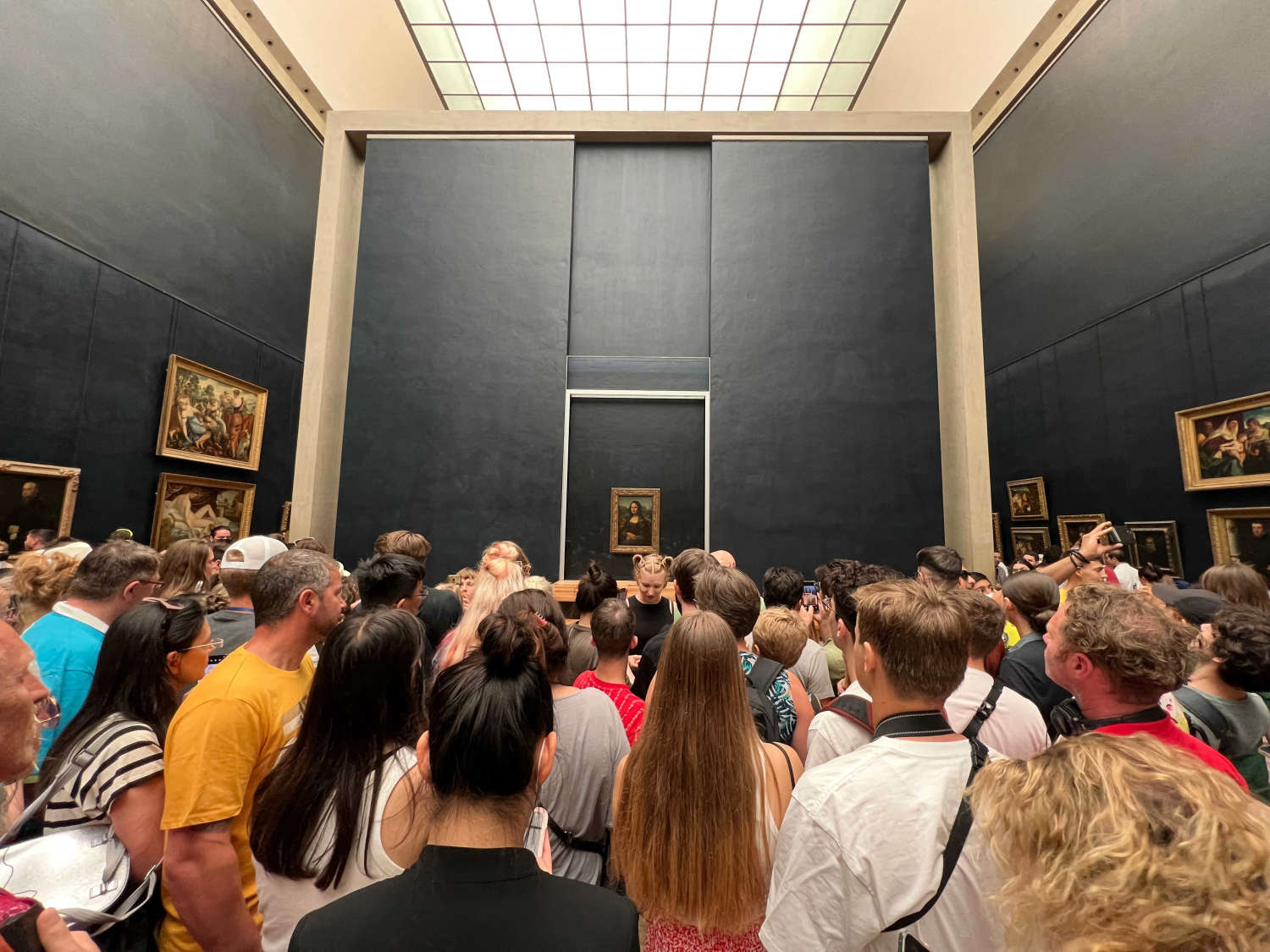A 3,400-year-old bust of the 19th Dynasty pharaoh King Ramses II has been repatriated to Egypt after being stolen and smuggled out of the country over 30 years ago. The bust is currently housed at Cairo’s National Museum of Egyptian Civilization and is scheduled to undergo professional restoration. It has not yet been disclosed whether or when it will be publicly displayed for visitors.
The stone bust is believed to have been stolen in the late 1980s or early 1990s and was identified in 2013 during an exhibition in London, where it was available for sale. According to the Egyptian antiquities ministry, the sculpture traversed through multiple countries before resurfacing in Switzerland, where it was seized as part of criminal proceedings. In Switzerland, Egypt successfully established official ownership of the bust, and the Swiss Federal Office of Culture handed over the sculpture to the Egyptian embassy in Bern in July of last year.
Shaaban Abdel Gawad, the head of Egypt’s antiquities reparation department, stated that the bust is “part of a group of statues depicting King Ramses II seated alongside a number of Egyptian deities.” Reportedly stolen from the Temple of Seti I in Abydos—one of Egypt’s oldest cities—the bust originates from the 13th century B.C.E. and was commissioned by Pharaoh Seti I, the father of Ramses II.
Ramses II, also known as Ramses the Great, became Pharaoh at the age of 25, and ruled from 1279 to 1213 B.C.E. He was celebrated for his prowess as a military leader and for the major building projects he undertook during his reign, rebuilding several preexisting temples, including the Ramesseum and Abu Simbel temple complexes, and creating a new capital city for Egypt called Pi-Ramesses, which was later abandoned in 1060 B.C.E.









